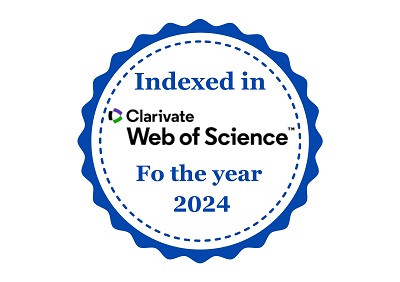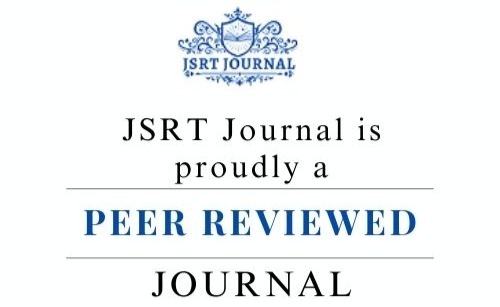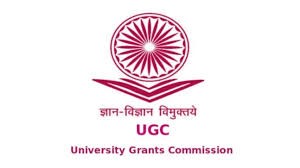Fundamental Concepts and Modern Innovations in Solid-State Physics: A Literature Review
Keywords:
Solid state physics, crystal structures, superconductorsAbstract
Solid-state physics has undergone significant advancements in both fundamental theory and practical applications over the past few decades. The intricate relationship between crystal structures, atomic arrangements, and electronic properties has allowed for the development of materials with specialized functions critical to modern technologies. This literature review explores the fundamental concepts of solid-state physics, including crystal structures, electronic band theory, and the impact of crystal symmetry on material properties. In addition, we examine contemporary innovations such as quantum materials, high-temperature superconductivity, topological insulators, and perovskite-based solar cells. The paper highlights the increasing role of computational modeling, new experimental techniques, and nanotechnology in exploring and fabricating novel materials. As we move toward a more technologically advanced society, understanding these fundamental concepts and integrating them with modern innovations will shape the future of electronics, energy systems, and quantum computing. This review aims to provide a comprehensive overview of these critical developments and the future directions of solid-state physics.











